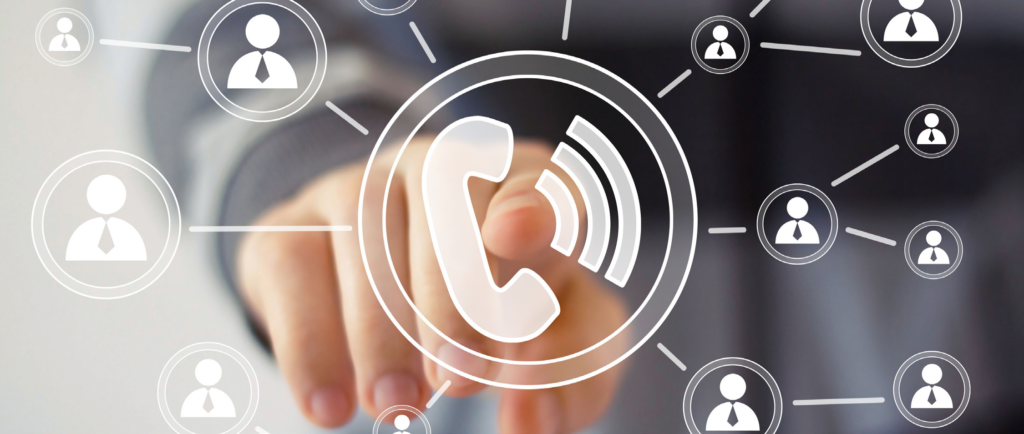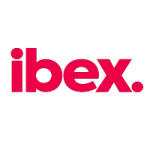ATLaaS: ATL as a Service
A Thought Leader In Toll-Free Number Management Solutions
Helpful Links
TOLL-FREE DISASTER RECOVERY
Few companies have the deep pockets required to burn through $50,000 per hour. Yet, a USA
Today survey of 200 data center managers found that over 80% of these managers reported that
their phone system downtime costs exceeded $50,000 per hour. For over 25% of these 200 data
center managers, downtime costs exceeded $500,000 per hour. For professionals using a call center
or enterprise communications system, you understand the importance of keeping the phones
ringing. However, few people understand that a carrier disaster recovery plan is the critical foundation
to ensuring telecommunications continuity. A down system can indeed be catastrophic
because calls go unanswered, employees sit idle, customers go unsupported, and revenue is lost.
Preparing your business for a toll-free carrier disaster is paramount to being ahead of an outage,
and most call centers don’t even know this is possible.
So, the question to ask is not just whether it’s imperative to have a strong and continuous disaster recovery strategy in place for your phone system. It is highly recommended to also ask the question:
How important are your toll-free lines to your business?
Commonly taken for granted, toll-free inbound traffic is worth protecting for any business – large
or small. With looming carrier outages, which can happen at any time, your business needs to
plan for a disaster appropriately and create the sought-after redundancy that will ensure toll-free
inbound traffic reliability when faced with adverse, and otherwise unforeseen circumstances.
WHAT IS TOLL-FREE DISASTER RECOVERY?
What would happen to your business if your toll-free service simply stopped working one day?
Network outages, degradation in customer support and even having your service turned off completely
are all realities that must be confronted. Carrier diversity can help protect against loss of
business and loss of customer confidence should one of your service providers experience difficulties.
That’s the concept behind Toll-Free Disaster Recovery.
If you don’t think a carrier outage will affect you, think again. Outages are more frequent than you
might think, as experienced by many on September 3rd, 2015 when a nationwide CenturyLink
outage left many without service for hours.
Your toll-free numbers are an essential asset to your company, but when a carrier has an outage, their resources are focused on reducing their losses. This puts you out of service until they resolve the issue. Every moment you remain out of service, you lose money.
Disaster Recovery enables users to quickly transfer service of their toll-free numbers from one
carrier to another in the event of a catastrophic failure.
While large businesses and telecommunication companies may have sufficient resources to ensure
toll-free service continuity in the event of unplanned or extended network outages, a few small
to medium enterprises have disaster recovery plans in place.
To remain competitive, these businesses need to take action to ensure their toll-free services remain
fully operational during a crisis, with minimal interruption to business as usual.
As we all well know, disaster could strike at any time. Disasters are sudden, unpredictable and, at
times, debilitating or even devastating to businesses. The way in which your organization handles
and responds to these events reflects your commitment to serving your customers, clients, and
vendors. In today’s always-connected world, a disaster recovery plan is a necessity and an expectation
of the people whom you serve.
TOLL-FREE DISASTER RECOVERY INTRODUCED (MAY 1, 1993):
The ability to port toll-free numbers was first discussed in 1985 when the FCC order, Docket 89-10,
mandated the creation of a national toll-free database. It took years to design and implement the
national toll-free database along with toll-free number portability and Responsible Organizations
(RespOrgs). With considerable work to do, Aelea Christofferson and her fellow SMS/800 Committee members set out to change Telecommunications history.
The idea behind Disaster Recovery for toll-free was spurred by their Working Group discussion revolving around ‘Shared-Use’. In toll-free telephony, a shared-use number is a vanity number (usually a profitable and easily identifiable phone word), which is provided to a large organization, like Domino’s Pizza, or to multiple local businesses in the same competing industry in different cities.
The vanity number that sparked the discussion was 1-800-DOMINOS. Domino’s Pizza was interested in a way to allow callers to dial 1-800-DOMINOS and have the call routed to the store nearest the caller. The SMS/800 group had already designed 800 numbers to work this way through the implementation of SS7 and had set in motion the functionality and regulatory changes needed to facilitate this advancement. While undergoing the recommendation phase to the FCC, Aelea began thinking bigger. If shared use was possible for vanity numbers using a single carrier, why couldn’t the calls be routed to multiple carriers for disaster recovery?
The notion had never been explored. The idea that a toll-free number’s traffic could be split between multiple carriers was established in the design, but carrier acceptance was a hurdle as
they would lose a portion of their revenue. The newly established Bell companies felt they were
guaranteed intra-LATA (local traffic) in perpetuity so they didn’t care about splitting the traffic. The
long-distance carriers didn’t want to split traffic with other long-distance companies believing that
revenue would inevitably be affected.
To add further complications, companies simply did not want to work together. The only way to
split traffic between multiple carriers was to influence these carriers to allow another RespOrg
to put their Carrier Identification Codes (CICs) on their records which seemed unlikely between
competing carriers.
After struggling to align these carriers to best serve the industry and promote innovation-inspiring
competition, Aelea took it upon herself to service the industry. She formed ATL Communications
and became one of the five original RespOrgs and the only RespOrg that offered the service in an
outsourced capacity to carriers.
She had one solitary RespOrg customer when she launched ATL’s RespOrg service. Her customer had no intention of becoming a RespOrg, preferring to outsource it, and so became the first ATL RespOrg customer. After becoming a customer, the company desired assistance negotiating better rates with their carrier. She obliged, and her client told their carrier, “Let’s see how taking 25% of our traffic and routing it away from you, to another carrier, works with our negotiations.” The carrier didn’t believe this could be done immediately because number portability was new and the idea of an independent RespOrg was almost unknown. The customer decided to raise the bar and asked ATL to move 50% of their traffic. With the threat proven, Aelea not only helped her client negotiate a better rate, but she altered how one enormous carrier viewed independent,
carrier-neutral RespOrgs. When the carrier watched the traffic leaving their switch by the minute, they reluctantly agreed to renegotiate.
ATL Communication’s sole customer was unique. They now had two carriers, which not only provided carrier redundancy in the event of a carrier outage (Disaster Recovery) but allowed for the least cost routing. She had the ability to offer prospective clients a way they could save money by splitting traffic between multiple carriers based on time of day, geographic location, and date in addition to gaining protection from carrier outages. All that was left was to increase the number of carriers that she could offer to these prospective clients to better serve their needs and their wallets. As the carriers began to recognize that their customers wanted the advantages of an independent RespOrg, almost all decided to cooperate with ATL as the first independent, carrier-neutral RespOrg.














